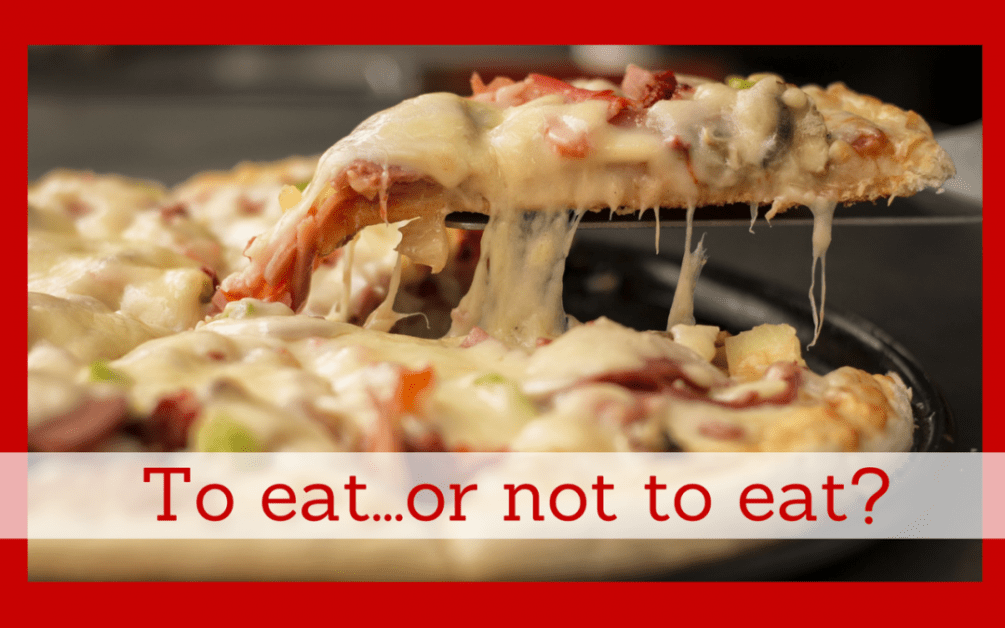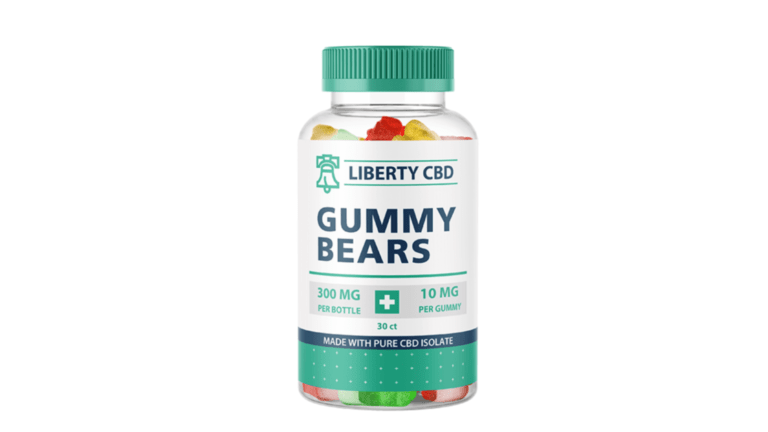How to get started on a Low-FODMAP diet

We hear a lot of talk about the benefits of a low-FODMAP diet. Two of our readers, Beth M. and Moana G., who have implemented a low-FODMAP diet have offered to share their experiences with us. If you’ve been considering this diet and are unsure about what you can eat, here’s how to get started.
What is FODMAP?
Perhaps you have heard of the term FODMAP but never knew what it stood for? FODMAPS are highly fermentable but poorly absorbed short-chain carbohydrates and polyols. The acronym stands for Fermentable Oligo-, Di- and Mono-saccharides and Polyols. Specifically, it refers to carbohydrates that are known to trigger digestive problems such as gas, bloating and stomach pain. Eating a low-FODMAP diet means eliminating or severely reducing the foods that fall into this category.
Sources of FODMAPs
Unfortunately, they are found in a wide range of foods…which is why eliminating them from your diet is challenging.
- (Oligosaccharides) Wheat, rye, legumes and various fruits and vegetables, such as garlic and onions
- (Disaccharides) Milk, yogurt, soft cheese – lactose is the main culprit
- Monosaccharides) Various fruit including figs and mangoes, and sweeteners such as honey and agave nectar – fructose is the main culprit
- (Polyols) Certain fruits and vegetables including blackberries and lychee, as well as some low-calorie sweeteners like those in sugar-free gum
Chronic illnesses that may benefit from this diet
IBS sufferers are one of the primary beneficiaries of the low-FODMAP diet. People with Celiac Disease, gluten intolerance and Crohn’s Disease have also switched tried this type of diet to get relief from their symptoms. Most of the evidence so far suggests that the diet can reduce many of the symptoms that accompany a variety of “gut” illnesses. Researchers believe this is because FODMAPs exacerbate symptoms that feed the microbes in the small intestine. According to some studies, a low-FODMAP diet reduces the small intestine bacterial growth…and symptoms abate.
Since FODMAPs are prebiotics – meaning they promote the growth of beneficial gut bacteria – the diet is not for everyone. Check with your physician before starting this eating plan.
Beth M. was diagnosed with IBS and tried medication, increasing her water intake and other approaches prior to trying the low-FODMAP diet.
Moana G. was initially diagnosed as lactose-intolerant but was also concerned that her nerve pain medication could be causing her symptoms. At her gastroenterologist’s recommendation, she opted to try the low-FODMAP diet.
Steps for following this diet
If you decide to follow low-FODMAP diet, be prepared for its complexity. It will be a time and resource-intensive process, occurring in three stages:
- Restriction – strict avoidance of all FODMAP foods, lasting anywhere from three to eight weeks.
- Reintroduction – systematically reintroducing FODMAP foods to determine which ones you can tolerate and in what quantities. You should test one food at a time for three days before moving to another food. Continue eating your low-FODMAP diet and don’t reintroduce anything permanently while you are testing foods.
- Personalization – creating a modified low-FODMAP diet for yourself based on what you can tolerate and the tolerable amounts.
Knowing which foods are high in FODMAPS and which ones are low in FODMAPS is really the first step in changing your diet. You’ll find a fairly extensive list here: https://www.ibsdiets.org/wp-content/uploads/2016/03/IBSDiets-FODMAP-chart.pdf.
Beth M., found ways to adapt recipes and substitute foods. One of her favorites was making stir frys out of safe low-FODMAP vegetables, gluten free soy sauce and rice. Beth also discovered Cabot brand cheddar cheese, which is lactose free, so she was able to make homemade mac ‘n cheese. She also makes her own salsa, pasta sauce and chicken soup.
Moana G. started making a lot more from scratch. She would buy tomatoes, then cook and bottle passata. She also made her own chutney and pickled vegetables as well as purchased veggies in season and froze them.
Challenges with the diet
For Beth M., she struggled to figure out what she could eat while keeping weight on, as she lost weight in the beginning. She was fortunate enough to be referred to a dietician who was helpful in providing grocery shopping and meal planning resources. Beth also eventually found the website of one of the best-known low-FODMAP dieticians, Kate Scarlata.
As well as learning what she couldn’t eat, Beth also had to figure out what she could substitute to keep her meals interesting. She found that in the first few weeks, she ate the same small group of foods.
While experiencing some of the same challenges, Moana G. also found that cooking for two people, with a partner who didn’t require the low-FODMAP diet, a challenge. She found that her main meals had to be simplified.
Moana also shared that keeping meals flavorful took some practice, as onions and garlic were no-nos. She used pepper and herbs rather than chilies and other flavor enhancements that are too spicy. For Beth, the challenge with cooking came from the amount of time investment for “from scratch” cooking, which the diet required.
Eating out
Controlling their diet while dining out presented more challenges to both readers. Moana G. shared with us that it is something she just stopped doing, given how challenging it is. Beth M. agreed that it was hard but that a lot depended upon the restaurant. She asked friends and family to pick a restaurant with a menu that would accommodate her dietary restrictions. Beth found that sushi was often safe as well as any place that would serve an unseasoned piece of meat or fish with a salad, potato, plain rice of French fries. As well, many restaurants offered gluten-free breads, so she could sometimes get a sandwich or hamburger.
Eating hidden FODMAPs while out to dinner in a public place can have real consequences. You may find that you have to ask your server specific question about how food is prepared (i.e., with onions, garlic) to avoid an unwanted consequence.
How well does the diet help?
The low-FODMAP diet is not a cure. Around 30% of people who try the diet don’t get relief.
For Beth M., the low-FODMAP diet has helped keep her GI symptoms in relative balance better than the preventive medication she was prescribed. She sees diet as the primary way she will manage her symptoms going forward. Beth also has migraine, so she has a second dietary restriction in avoiding trigger foods. Over time, she’ll continue trying to reintroduce some higher FODMAP foods back into her diet.
Moana G. has found the diet to be somewhat successful. For her, stress seems to make her intestinal issues worse. She has started reintroducing some foods but plans to continue to avoid onions and milk.
An excellent resource for the low-FODMAP diet is the Monach University website and mobile app. Learn more at: https://www.monashfodmap.com/.
PainPathways Magazine
PainPathways is the first, only and ultimate pain magazine. First published in spring 2008, PainPathways is the culmination of the vision of Richard L. Rauck, MD, to provide a shared resource for people living with and caring for others in pain. This quarterly resource not only provides in-depth information on current treatments, therapies and research studies but also connects people who live with pain, both personally and professionally.
View All By PainPathways






